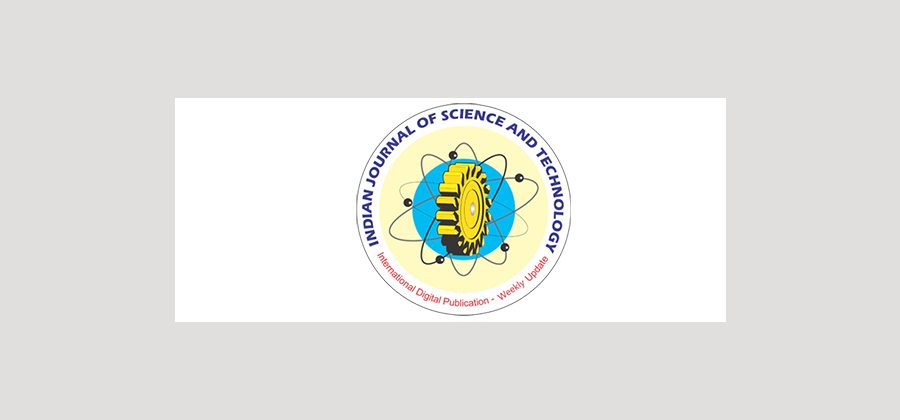


Indian Journal of Science and Technology
DOI: 10.17485/ijst/2017/v10i31/113899
Year: 2017, Volume: 10, Issue: 31, Pages: 1-5
Original Article
Karambir Singh* , Karamdeep Singh and Shivinder Devra
Department of Electronics Technology, Guru Nanak Dev University, Amritsar – 143005, Punjab, India; [email protected], [email protected], [email protected]
*Author for the correspondence:
Karambir Singh
Department of Electronics Technology, Guru Nanak Dev University, Amritsar – 143005, Punjab, India; [email protected]
As multiple accessing techniques that can be used to provide access to multiple users to transmit data to same channel simultaneously without any scheduling or delay in transmission, Optical Code Division Multiple Access (OCDMA) has been an alluring for the past few decades. All users share all bandwidth simultaneously and access the network asynchronously. To provide access to multiple users simultaneously, many coding techniques to increase possible users and improve performance has been analyzed for OCDMA systems. In this paper, many different proposed methods of coding are reviewed. Performance, cardinality and capacity of these codes are discussed. Significance of introducing dimensions in optical code is also being discussed. General Terms: Auto Correlation, Cross Correlation.
Keywords: Multiple Access Interference (MAI), Optical Fiber Communication, Optical Code Division Multiplexing (OCDMA)
Subscribe now for latest articles and news.